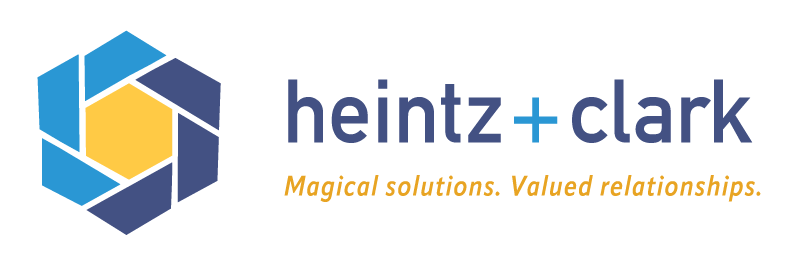Updates on the Payroll Protection Program (PPP) Loans
PRIORITY APPLICATION PERIOD
From February 24th to March 10th, PPP applications were limited to businesses with under twenty employees. After the priority period, eligible business will have until March 31st to apply and receive PPP loans.
NEW LOAN CALCULATION FOR SCHEDULE C BUSINESSES
From now until March 31st, the SBA has released a new calculation method for determining loan amounts for self-employed individuals with or without employees who file a Schedule C. Schedule C filers can now choose to determine their loan amount based off of:
net income plus any employee wages & benefits, or
o Line 31 net profit + Line 14, 19, and 26 employee payroll costs
o Updated prior applications: First-Time Borrowers, Second Draw Borrowers
gross income
o Line 7 gross income
o New applications: First-Time Borrowers, Second Draw Borrowers
Due to the more advantageous loan calculation method available to Schedule C filers, the SBA has revoked the safe harbor for automatic certification of loan necessity in good faith on loan calculations reporting gross income of more than $150,000. This means that the SBA may review the necessity of your loan request due to current economic uncertainty. The SBA released some example questions to evaluate the good-faith certification of loan necessity: Payroll Protection Program Loan Necessity Questionnaire.
TAX CONCERNS
In December, it was determined that PPP Loans are considered tax-free income and deductions would be allowed at the Federal level. Unfortunately, some states have not been quick enough to match these changes. So even if the PPP loans you received are not subject to federal taxes, they may still be subject to state taxes. Some states voted to confirm both the federal standards of tax-free income and allowable deductions, others have only matched one of these changes, and others have matched neither.
What does this mean for me?
It depends on which state you live in. If you live in Minnesota, the deductions are allowed but the PPP loan is still subject to Minnesota Income Tax.
What can I do about it?
Contact your local representatives and encourage them to support Minnesota tax law conformity with IRS COVID-related tax relief.

